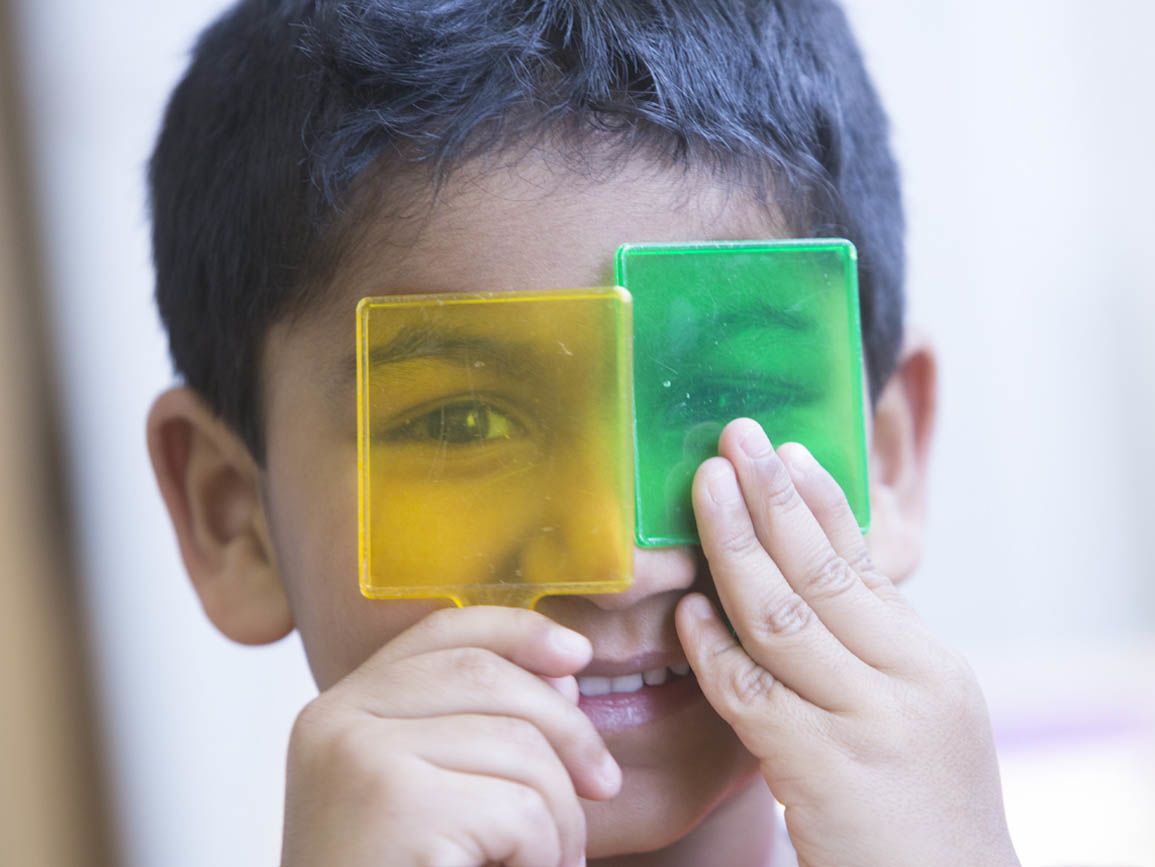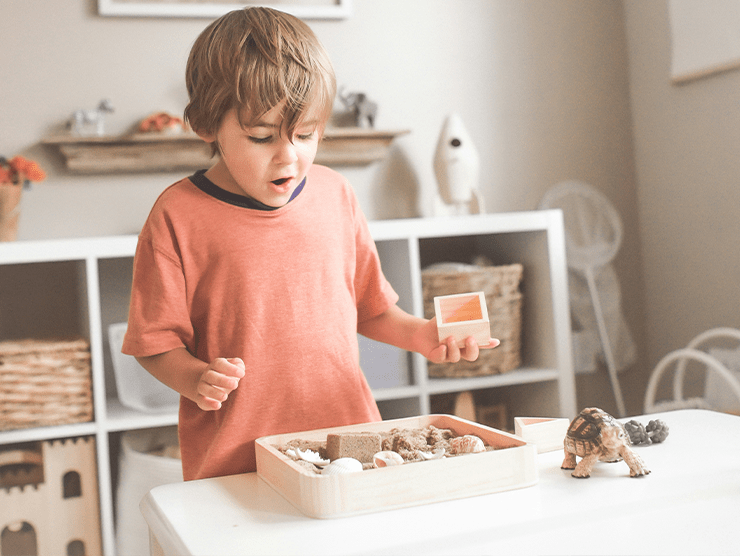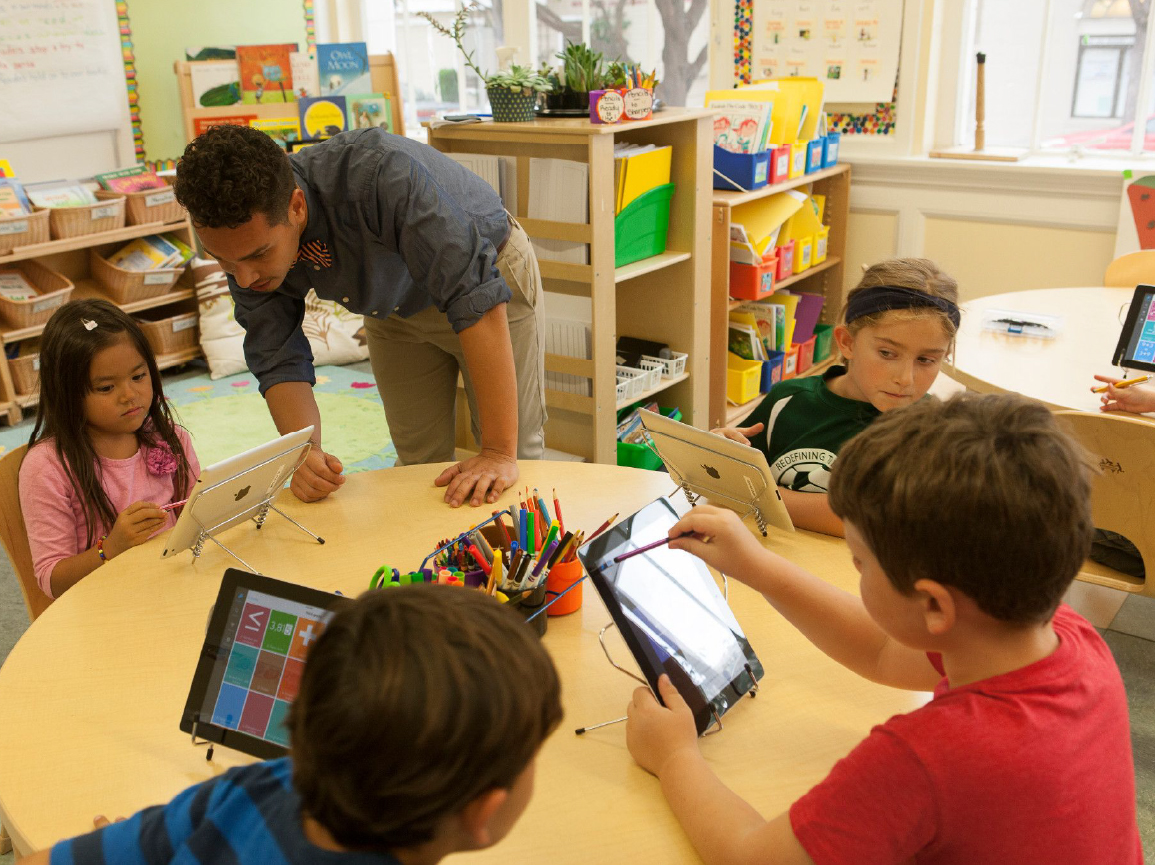Climate change is one of the most pressing issues affecting the world today. It is critical that children understand they have a big role to play in taking care of their world so that it will be here for many generations to come. The challenge is how to explain climate change without frightening children, and yet, help them grasp how critical concept it is for us to act on.
Start small and build your way up to teaching your child about climate change. The best place to start with is by helping children develop an appreciation for the outdoors. For that to happen, children need to spend ample time outside. Start in small increments to increase your children’s time outside each day.
Here are some ways you can do that:
- Share photographs, online research, and real-life experiences of the natural world with your child. While children in North America are probably not likely to see a giraffe roaming free in their lifetime, they can visit animal-friendly zoos and learn about animals in a close to natural habitat. And if you can’t make it to a zoo, photographs and online research can be a good substitute.
- Discover (or rediscover) wonder and joy. Nothing can replace a first encounter with snow, for example.
- Learn the names of natural objects and animals. This is an important part of establishing an ecological identity. Learning a new name like “baby hammer head shark” is fun to say and will increase children’s interest and confidence. Field guides can be a great source for matching animals to their names.
When you’re ready, explain climate change to children in simple terms. “We haven’t always taken care of the earth we live on. And because of that, the globe is getting warmer and that is affecting living things — plants, animals, and people. Let’s explore some ways that we could help make things better.” And then explore what some of those things are with your child:
- “Reduce, reuse, recycle” is a popular phrase that summarizes some easy ways to take care of the environment. Reduce how many things we purchase and feel we “need.” Reuse what we have as many times as possible. Recycle materials so they can be used in a new form.
- Talk about conserving or saving. How can we cut back on our consumption and model this for children? Limit how much water goes in the bathtub or shower, for example, or talk about how to avoid wasting food.
- Have a basket of clothes that no longer fit or toys your child no longer plays with to sort through and donate.
- Learn about endangered species. Many children have been introduced to taking care of their world as they learned that some animals were “endangered species.” Invite your child to learn more about how they can help. Let children know that they can make a difference. Explore the list and pictures of endangered species.
- Celebrate important days like Arbor Day with a planting or beautification project at your center, school, or home.
- Work with an organization like Terracycle Inc. to recycle materials not commonly recycled.
- Visit farmers’ markets and talk about where your food comes from. Connecting your food source with the food coming out of the refrigerator helps your child see there are limits on the availability of food.
Perhaps the greatest challenge of the current century is stopping or slowing down climate change. Help your child see that everyone can contribute—and that we especially need them to help.
Family Webinar: Raising a Socially Responsible Child
The Bright Horizons Foundation for Children® shares how social responsibility and empathy develops as your child grows, and meaningful activities your family can do to make a difference in your community and the world.
More Resources Related to Teaching Climate Change to Children
- Read about the benefits of nature for children.
- Read how one mom blogger fosters the love of the outdoors in her child.





